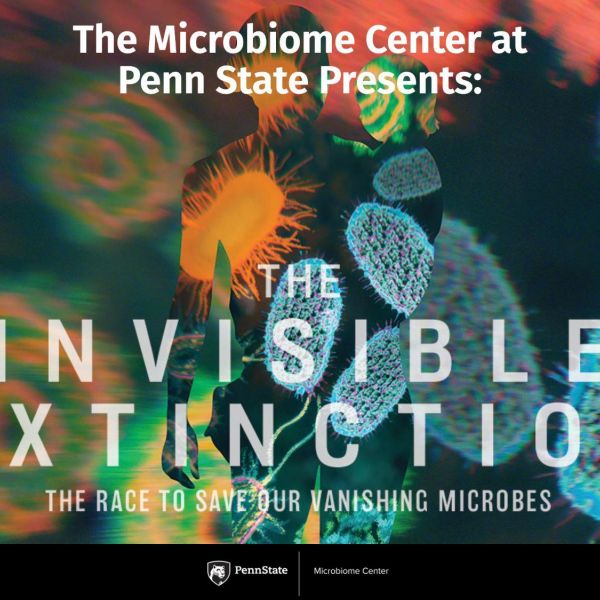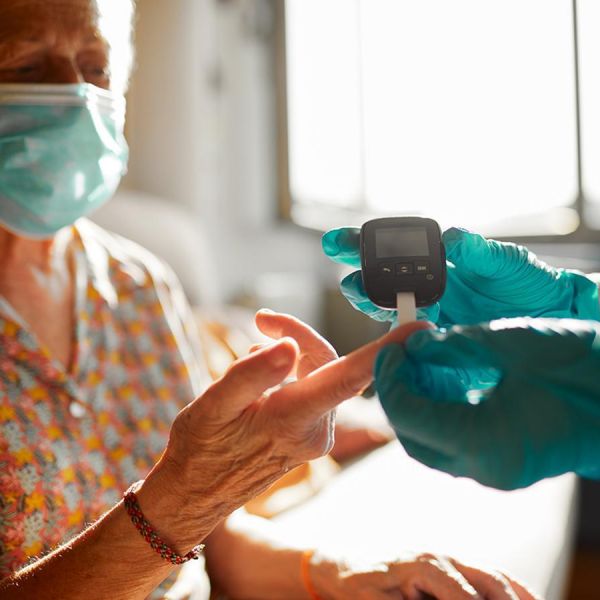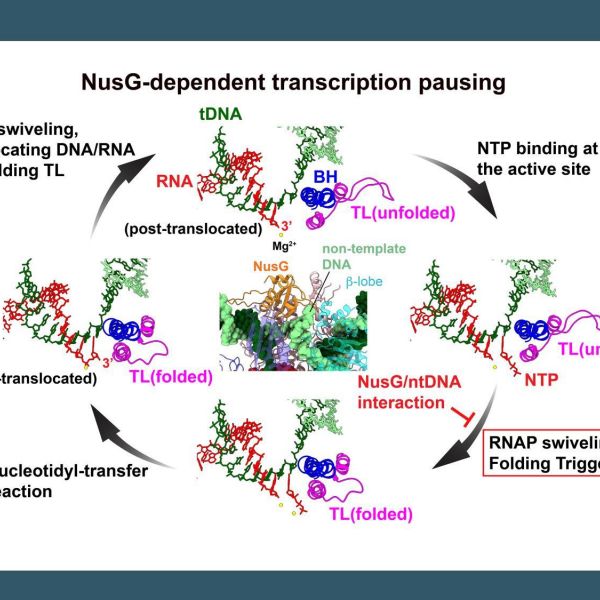News

Feb 17, 2023
Graduate student in College of Ag Sciences gets USDA-APHIS training fellowship
A Penn State graduate student has received a highly competitive and prestigious fellowship from the U.S. Department of Agriculture’s Animal and Plant Health Inspection Service (APHIS) to participate in its National Scientist Training Program.
Full Article

Feb 16, 2023
Penn State biochemist Denise Okafor receives 2023 Marion Milligan Mason Award
C. Denise Okafor, assistant professor of biochemistry and molecular biology and of chemistry at Penn State, has been selected as a recipient of the 2023 Marion Milligan Mason Award for Women in the Chemical Sciences by the American Association for the Advancement of Science (AAAS).
Full Article

Feb 15, 2023
Free film and panel discussion reveals 'invisible' crisis of the microbial world
At 6 p.m. Thursday, March 2, Penn State’s Microbiome Center will present "The Invisible Extinction" — a movie that spotlights the trailblazing work and charismatic personalities of renowned scientists who aim to save the vanishing microbes that are essential for our survival.
Full Article

Feb 15, 2023
Penn State names seven new distinguished professors for 2023
Penn State's Office of the Vice Provost for Faculty Affairs has named seven distinguished professors for 2023. The distinguished professor title recognizes outstanding academic contribution to the University.
Full Article

Feb 14, 2023
New grant will help empower small farms with sustainable practices
The Global Teach Ag Network at Penn State is partnering with the University of Tennessee at Martin on a new project to help empower small-farm owners with sustainable agriculture practices.
Full Article

Feb 13, 2023
COVID-19 survivors may have higher risk of developing diabetes
COVID-19 survivors have a 66% higher risk of developing type 1 or type 2 diabetes following their diagnosis compared to those not diagnosed with COVID-19, according to a study by Penn State College of Medicine researchers.
Full Article

Feb 10, 2023
Q&A: Is chocolate healthy?
UAs Valentine’s Day approaches, the mind naturally turns to love – and chocolate. To learn more about chocolate and its effects on us, we spoke with Joshua Lambert, professor of food science at Penn State.
Full Article

Feb 09, 2023
DNA stuck in the gears of the RNA production machine
Precise control of gene expression — ensuring that cells make the correct components in the right amount and at the right time — is vital for all organisms to function properly. Cells must regulate how genes encoded in the sequence of DNA are made into RNA molecules that can carry out cellular functions on their own or be further processed into proteins.
Full Article

Feb 08, 2023
Information Sciences and Technology faculty, staff recognized with annual awards
Faculty and staff in the Penn State College of Information Sciences and Technology were recognized at the college’s annual awards event this week. Recipients were nominated by their IST colleagues and selected by a review committee for their excellence in teaching, research and service.
Full Article

Feb 08, 2023
150 minutes of aerobic exercise per week reduces liver fat, study finds
The 150 minutes of moderate to intense aerobic activity per week that is recommended by the U.S. Department of Health and Human Services can significantly reduce liver fat, according to new research by Penn State College of Medicine researchers.
Full Article